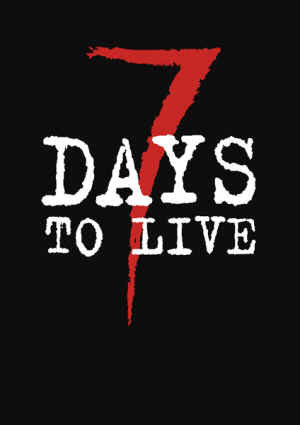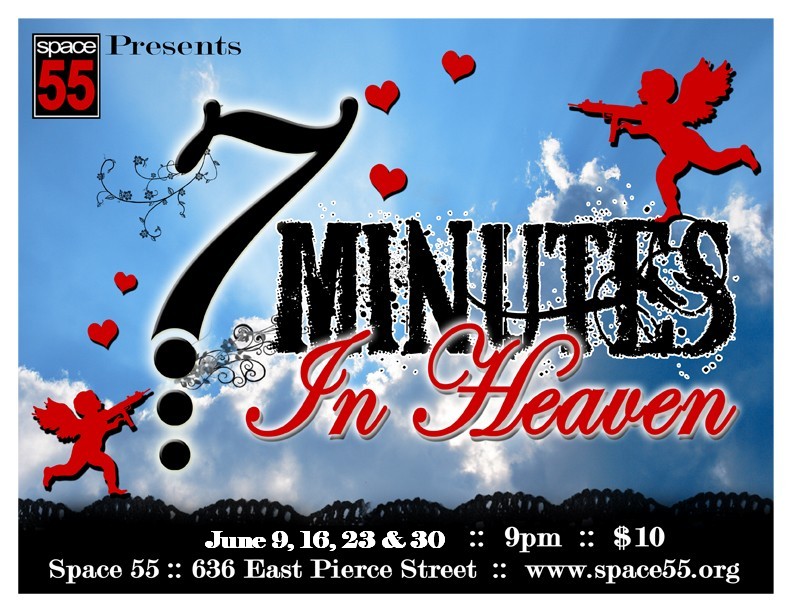You are using an out of date browser. It may not display this or other websites correctly.
You should upgrade or use an alternative browser.
You should upgrade or use an alternative browser.
7 days, 1 week, or 1/52 of a year 'till training camp
- Thread starter mellow
- Start date
Gyp Rosetti
Banned
What happens (from the fan perspective) on opening day of training camp? Will we get players and coaches interviews?
These threads are getting me all aroused and I just wanna know if I need to start lowering my expectations.
These threads are getting me all aroused and I just wanna know if I need to start lowering my expectations.
orangello
Well-Known Member
What happens (from the fan perspective) on opening day of training camp? Will we get players and coaches interviews?
These threads are getting me all aroused and I just wanna know if I need to start lowering my expectations.
I'm not sure what happens. Start lowering your expectations.
mellow
Well-Known Member
What happens (from the fan perspective) on opening day of training camp? Will we get players and coaches interviews?
These threads are getting me all aroused and I just wanna know if I need to start lowering my expectations.
Yes.
UGLI baby
Well-Known Member
Is the first day picture day?
Anybody? Probly is right?
mellow
Well-Known Member
Is the first day picture day?
Pictures, video, media sessions, lots of smiles.
All the players will be in the best shape of their career, half will have lost weight, the other half will have added muscle. All will be happy to be with the Jazz, everyone will like the Jazz's chance this year.
For those following these countdown threads it will be a little anticlimactic, but only because these threads have been oozing with awesomeness and excitement.
mellow
Well-Known Member
In his only season to play in Utah, Pistol Pete played in 17 games. He averaged 7 fgs per game and made 7 3pt shots and grabbed 7 offensive rebounds.
From Wikipedia:
From Wikipedia:
The Utah Jazz began play in the 1979-80 season. Maravich moved with the team to Salt Lake City, but his knee problems were worse than ever. He appeared in 17 games early in the season, but his injuries prevented him from practicing much, and new coach Tom Nissalke had a strict rule that players who didn't practice were not allowed to play in games. Thus, Pistol Pete was parked on the bench for 24 straight games, much to the dismay of Utah fans[16] and to Maravich himself. During that time, Adrian Dantley emerged as the team's franchise player.
The Jazz placed Maravich on waivers in January 1980. He was claimed by the Celtics, the top team in the league that year, led by rookie superstar Larry Bird.[17] Maravich adjusted to a new role as part-time contributor, giving Boston a "hired gun" off the bench. He helped the team post a 61-21 record in the regular season, best in the league. And, for the first time since his early career in Atlanta, Maravich was able to participate in the NBA playoffs. He appeared in nine games during that postseason, but the Celtics were upended by Julius Erving and the Philadelphia 76ers in the Eastern Conference finals four games to one.
Realizing that his knee problems would never go away, Maravich retired at the end of that season. It is noteworthy that the NBA instituted the 3-point shot just in time for Pistol Pete's last season in the league. He had always been famous for his long-range shooting, and his final year provided an official statistical gauge of his abilities. Between his limited playing time in Utah and Boston, he made 10 of 15 3-point shots, a sizzling 67 percent.
Hitman
Well-Known Member
In 1974 the Jazz traded their first first-round selection for Pete Maravich, who wore #7. In 1975, they made a first-round selection for the first time, and with pick #7 selected Rich Kelley, who was exactly 7' tall. Kelley played 4 seasons for the New Orleans Jazz before being traded to New Jersey for Bernard King and two other players. The Nets later traded Kelley to Phoenix for two future draft picks, one of which was used to select future Jazz player Pace Mannion. Phoenix traded Kelley to Denver for a draft pick in 1982, and the following year Denver sent Kelley back to the Jazz in exchange for Danny Schayes. Kelley's second stint lasted three seasons, bringing his Jazz career total to 7 seasons.
"if the devil is 6 then god is 7"
At #7 in the all-time Jazz ranks:
Games: AK47 (681)
Minutes: Adrian Dantley (17899)
Points: Pete Maravich (8324)
Rebounds: AK47 (3836)
Assists: Pete Maravich (1844)
Steals: Jeff Hornacek (618)
Blocks: Rich Kelley (498)
3PFGs: CJ Miles (334)
Games: AK47 (681)
Minutes: Adrian Dantley (17899)
Points: Pete Maravich (8324)
Rebounds: AK47 (3836)
Assists: Pete Maravich (1844)
Steals: Jeff Hornacek (618)
Blocks: Rich Kelley (498)
3PFGs: CJ Miles (334)
The Jazz got Toby Kimball in the expansion draft. He finished his NBA career by playing 3 games with the Jazz in the 1974-75 season. He really put up some 7 magic in those 3 games. He made 7 FGs and attempted 7 FTs. He attempted 7.7 FGs per game and averaged nearly 7 points (6.7) per game. His PER with the Jazz (7.3) rounds to 7.
Kelly Tripucka came to the Jazz on August 21, 1986 (along with Kent Benson) in exchange for Adrian Dantley and two draft picks. Kent Benson played one season with the Jazz in 1986-87 in which he attempted 7 3PFGs. Benson was later traded with Dell Curry for Darryl Dawkins and Melvin Turpin. Darryl Dawkins attempted 7 FGs in his brief Jazz career. Turpin had a serviceable one season with the Jazz in which he would appear in 7 playoff games.
Back to Tripucka. I'll ignore his first season with the Jazz as he wore #4. That season can be discussed later this week. Tripucka's second and final season with the Jazz was 1987-88. That year, he averaged 7(.5) ppg in 49 games. In his two all-star appearances (both with the Pistons) he scored a total of 7 points.
Back to Tripucka. I'll ignore his first season with the Jazz as he wore #4. That season can be discussed later this week. Tripucka's second and final season with the Jazz was 1987-88. That year, he averaged 7(.5) ppg in 49 games. In his two all-star appearances (both with the Pistons) he scored a total of 7 points.
In their 7th season (1980-81), the Jazz were 7th in the league in personal fouls and also opponent FGs. The Jazz lost their 7th game of the season. The Jazz were 2-2 when playing on the 7th. On February 7th, the Jazz lost by 7 to the Sonics. On November 8, 1980 the Jazz were looking for their 7th straight win. Unfortunately, they lost to Knicks by 7. In games decided by exactly 7 points, the Jazz went a lousy 2-5.
In their 7th season in Utah (1985-86), the Jazz didn't finish 7th in anything. But, Thrul Bailey attempted 7 3PFGs (and missed them all), Steve Hayes had 7 assists and 77 rebounds, Marc Iavaroni had 77 rebounds, and Jeff Cook scored 7 points. Hayes played about 7 mpg and John Stockton averaged 7.7 ppg to go along with his 7(.4) apg. Jeff Wilkins had a PER of 7.7. The Jazz lost their 7th game of the season, which was played on November 7. When playing on the 7th the Jazz went 2-2, including a 7-point loss to the Sonics on January 7. In games decided by 7 points the Jazz went 2-6 including the playoffs.











